

Ethnicity and Religion
The Municipality is predominantly dominated by the Bonos who constitute 97%, Ahyis 1%, Northerners 1% and others 1%. The major language spoken in the district is Bono. The people in the district are mostly Christians accounting for about 84%.
Moslems about 10%, Traditionalists taking about 2% and others 4%. Despite the religion diversity, there is religion tolerance in the district. This healthy co-existence augurs well for peace and stability within the Municipality which are essential ingredients for development.
Cultural
The main festival of the people of the district is the Kwafie festival. This festival is celebrated once in every four years (i.e. in November). The recent one was celebrated in 2002.
RELIGIOUS GROUPS
- Christians: Catholics, Presbyterians, Methodists, Pentecost and Charismatics.
- Muslims: Orthodox and Ahmadis
CHIEFTAINCY:
The Dormaa Traditional Area is headed by the Dormaaman Hene and assisted by Divisional Chiefs including, Aduanahene, Gyasehene, Ankobeahene, Dompimhene, Krontithene, (Mansehene), Kyidomhene, Benkum and Nifahene.
Name of Paramount Chief: Oseadeayo Nana Agyemang Badu II.
Name of Queen mother: Nana Akosua Fiema Juaben.
Tourism Attractions
The Municipality is renowned for its historic and aesthetic importance which both local and foreign tourists would like to patronise. The three forest reserves provide a natural habitat for game and wildlife, especially elephants. The Municipal hosts a highly entertaining traditional festival, the Kwafie (yam) Festival, which is celebrated annually between November and December.
The festival features reconciliation rituals, purification of ancestral stools, the appeasing of ancestors of the area for goodwill and development, and lots of traditional drumming and dancing. The palace of the Dormaa Traditional Chief, Dormaahene, is the highest in the Brong Ahafo Region of Ghana and one of the highly respected paramountcies in the country.The palace has one of the most modern state mausoleums for its chiefs. People who visit the palace are orally taught the rich history of the Dormaa people and Akans of Ghana. The Ghana – Cote D’voire border demarcation at Kofibadukrom is a delightful tourist attraction.
Half of the town is administered by La Cote D’Ivoire, while the other half is under Ghana and so the people living in the community use both the Ghanaian Cedi and the Ivoiran CFA currencies and both English and French, in their daily transactions. At the same time, however, they have two different educational systems, market days, police stations and customs offices reflecting those of the two countries, a most unique and intriguing situation.
Date Created : 11/16/2017 1:08:45 AM
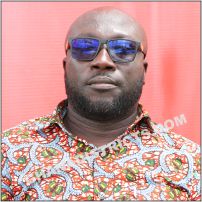

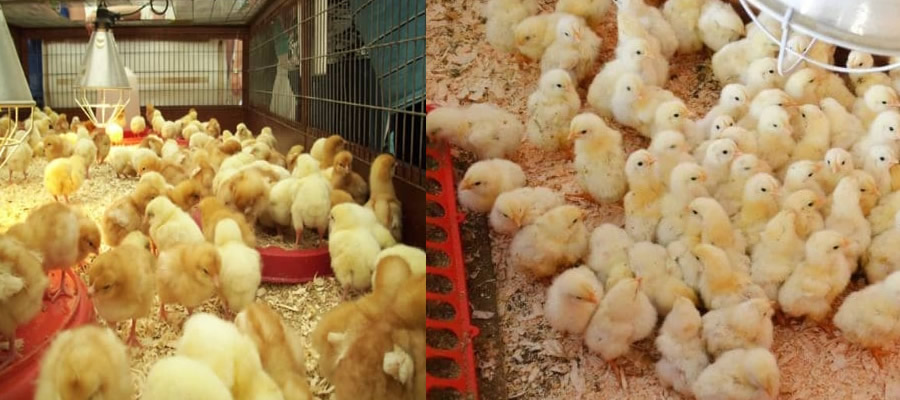
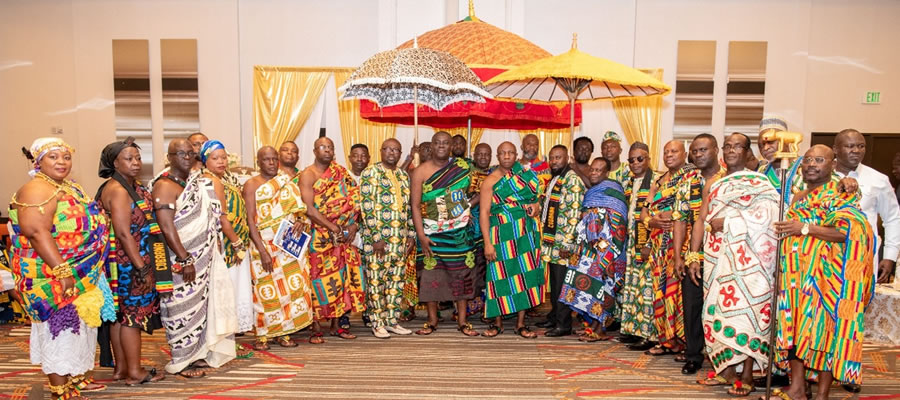
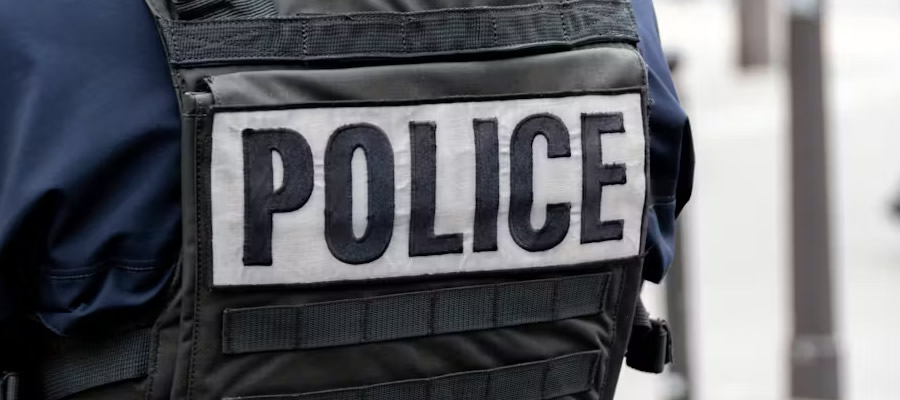
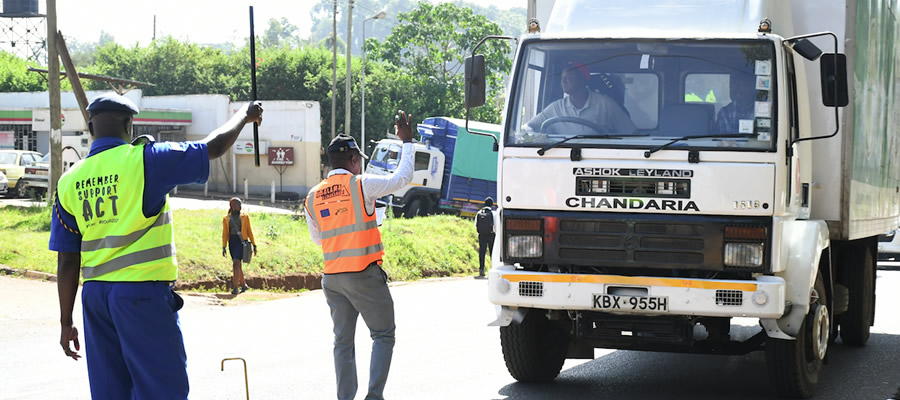
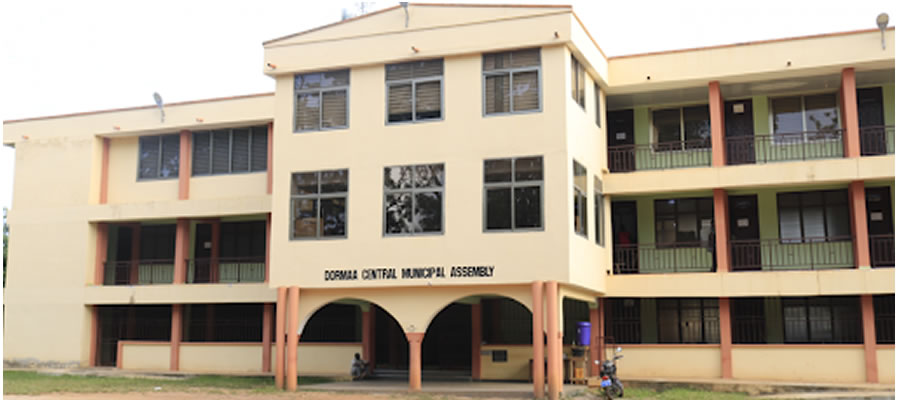
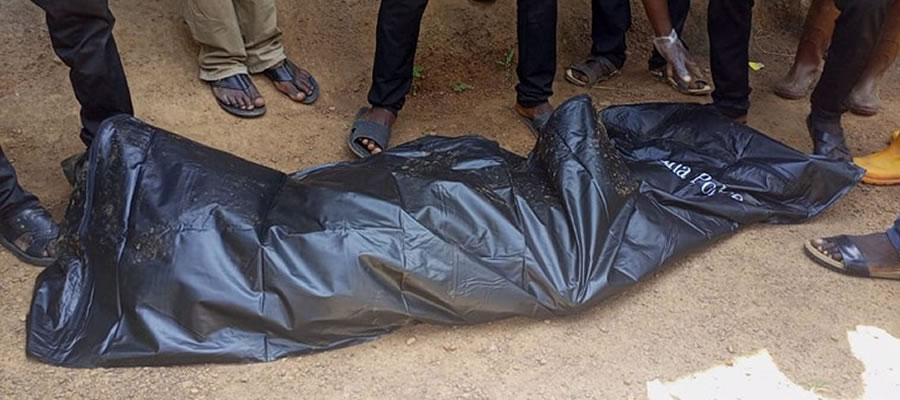

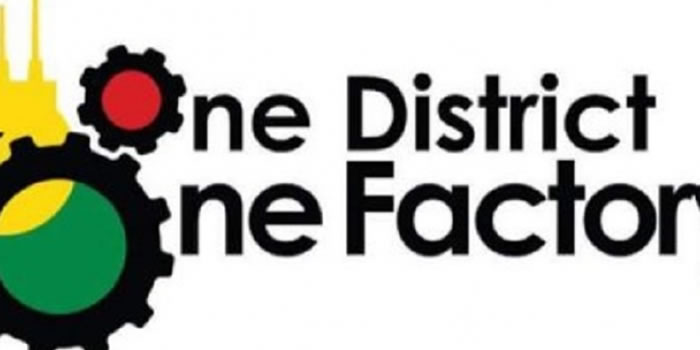


 facebook
facebook
 twitter
twitter
 Youtube
Youtube
 +233 593 831 280
+233 593 831 280 0800 430 430
0800 430 430 GPS: GE-231-4383
GPS: GE-231-4383 info@ghanadistricts.com
info@ghanadistricts.com Box GP1044, Accra, Ghana
Box GP1044, Accra, Ghana